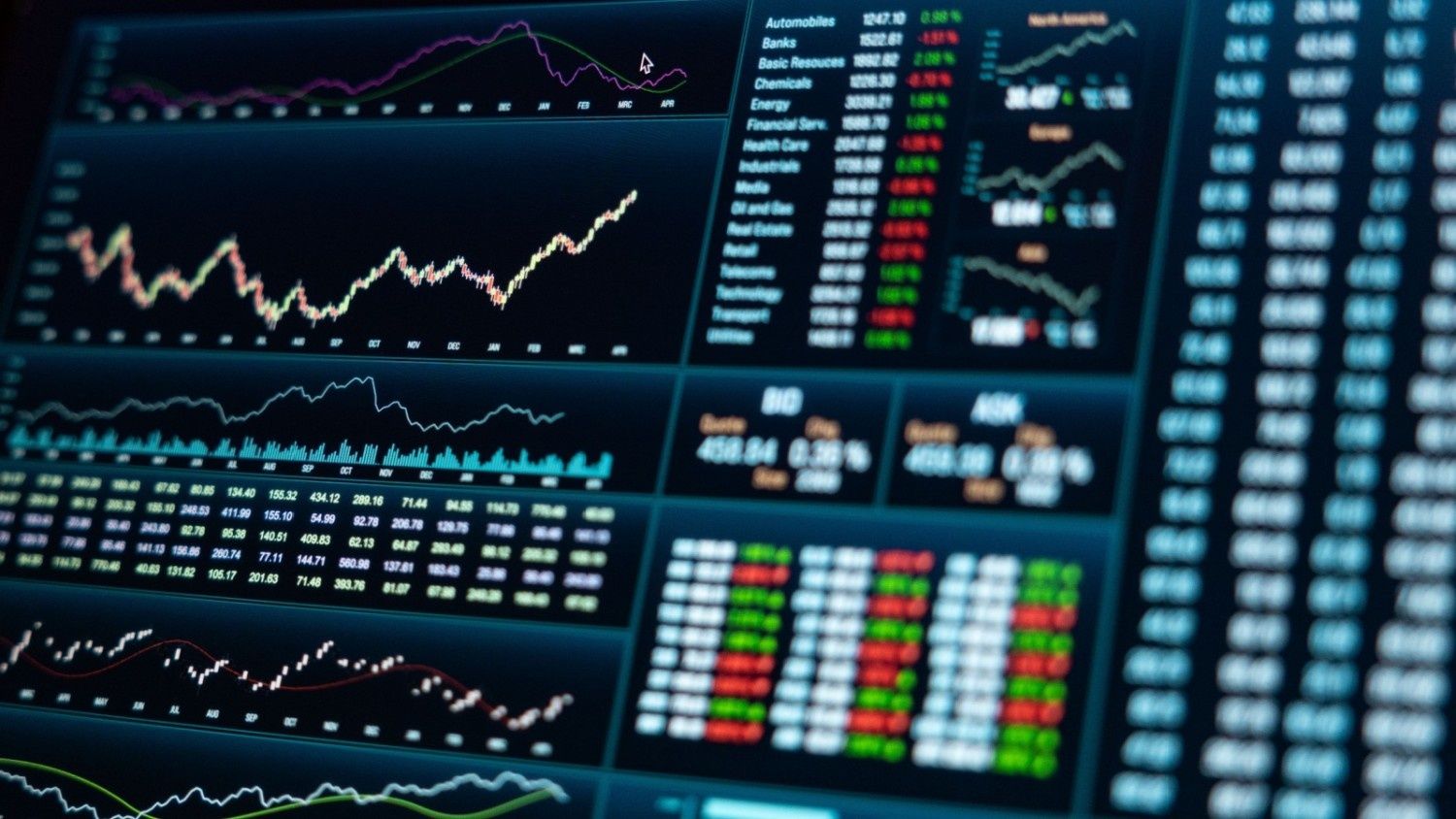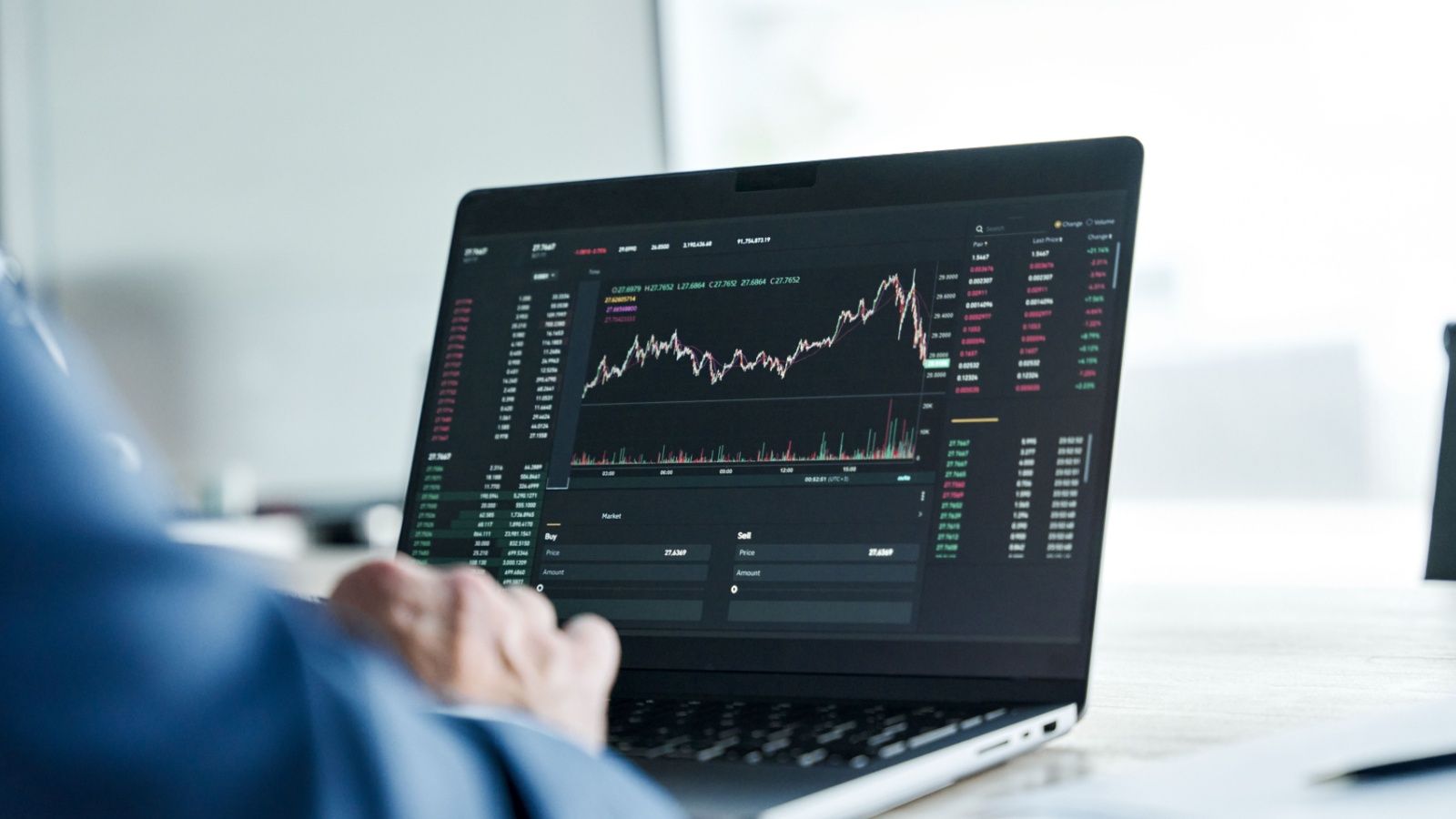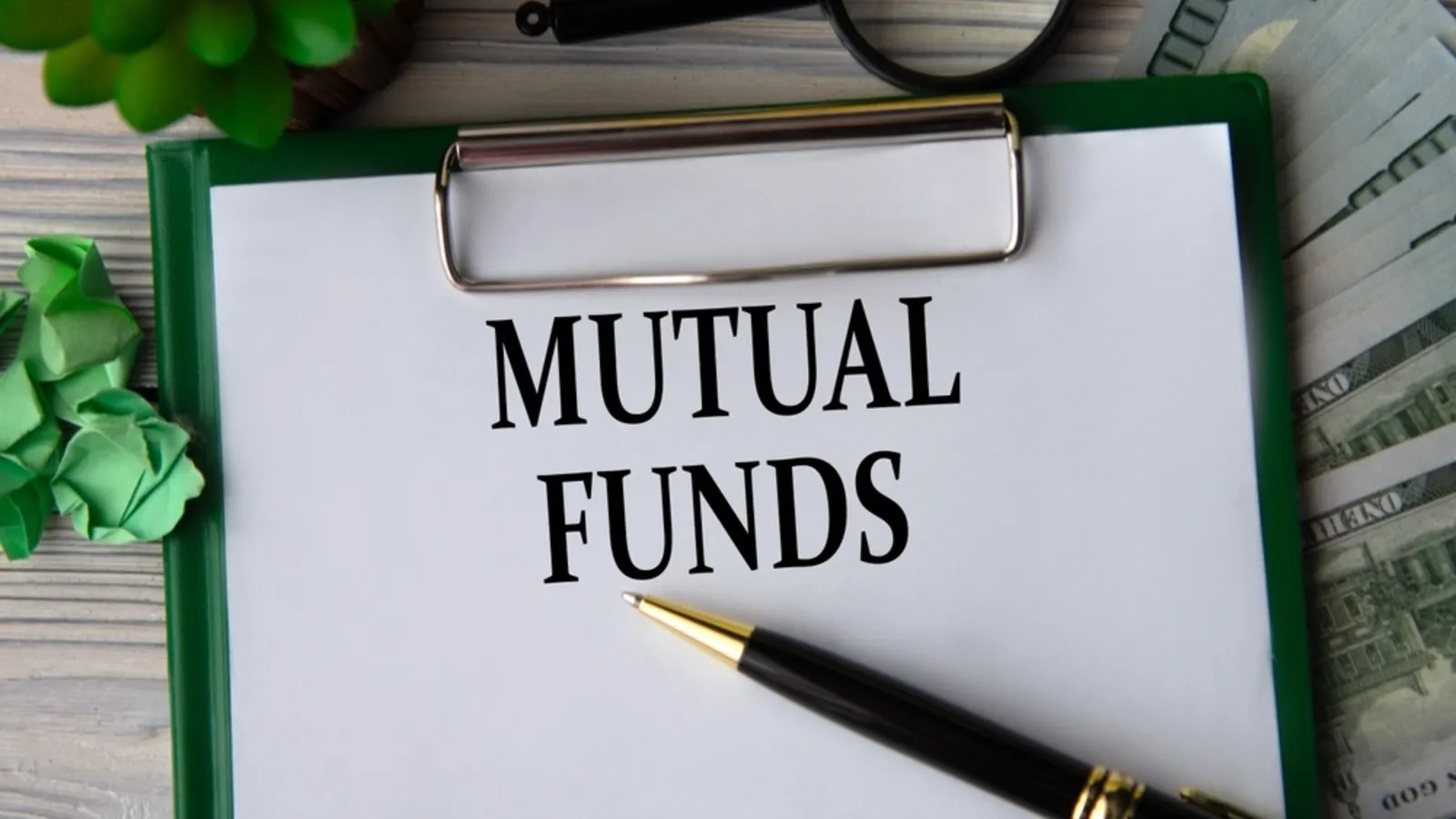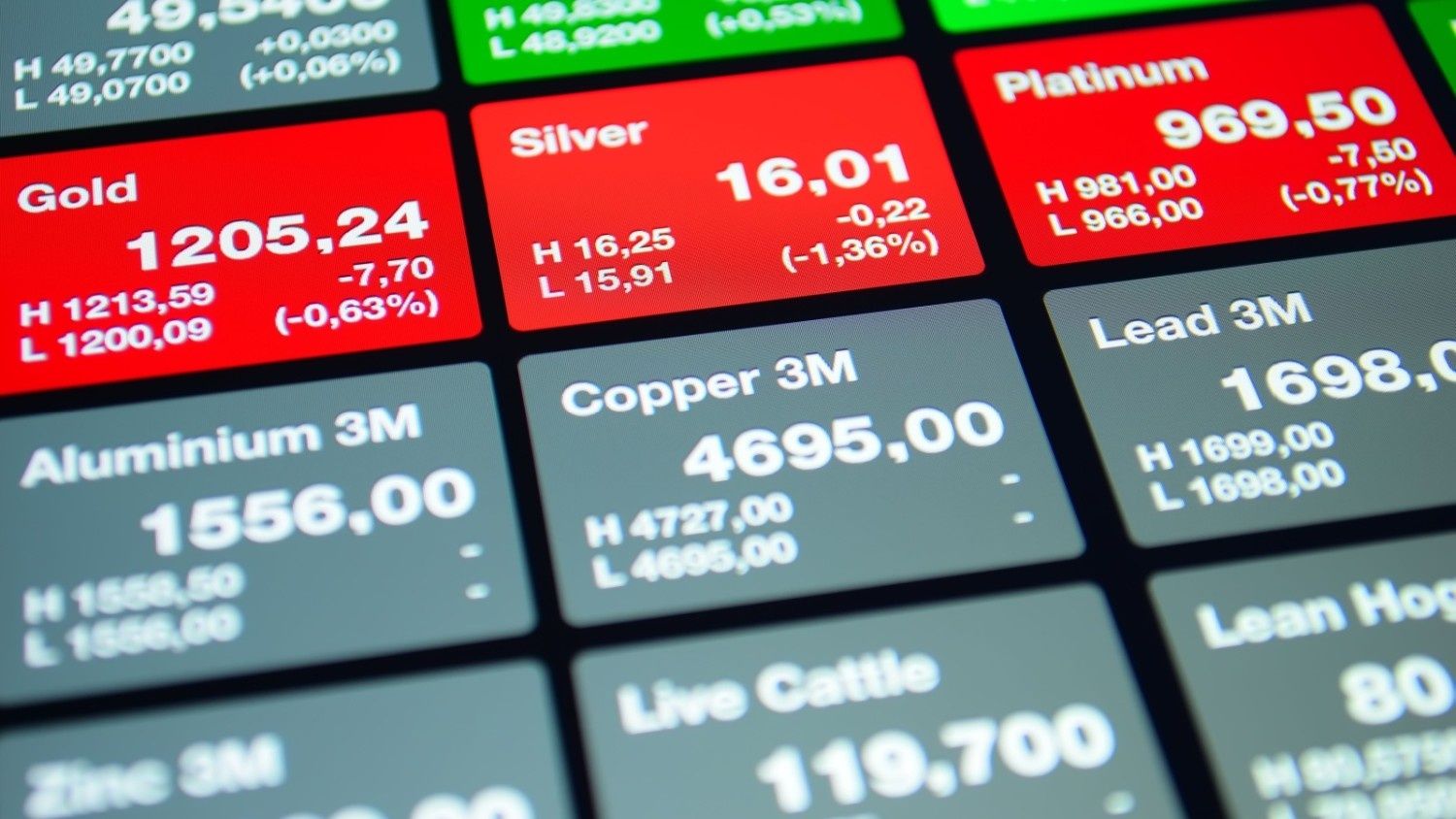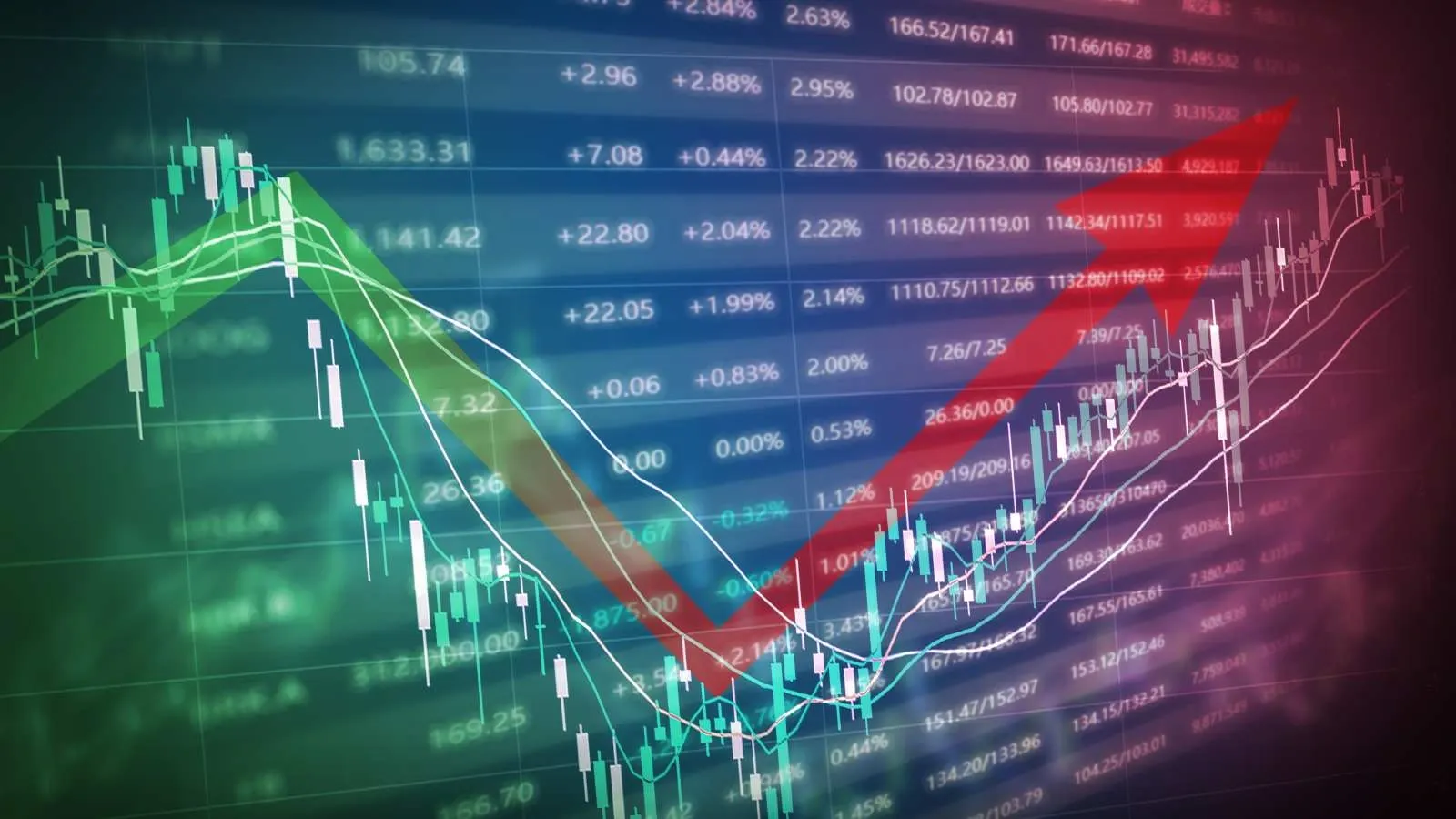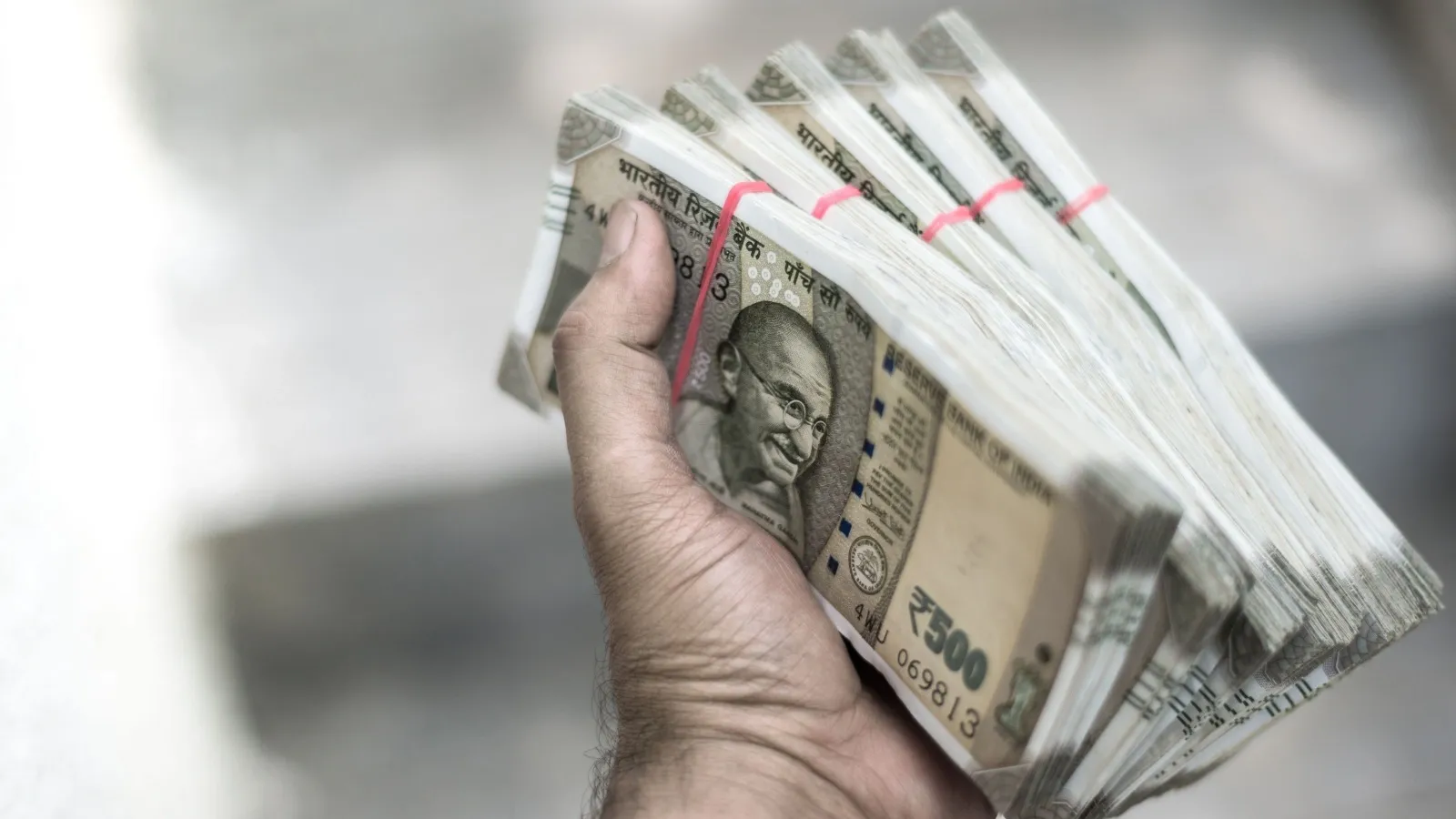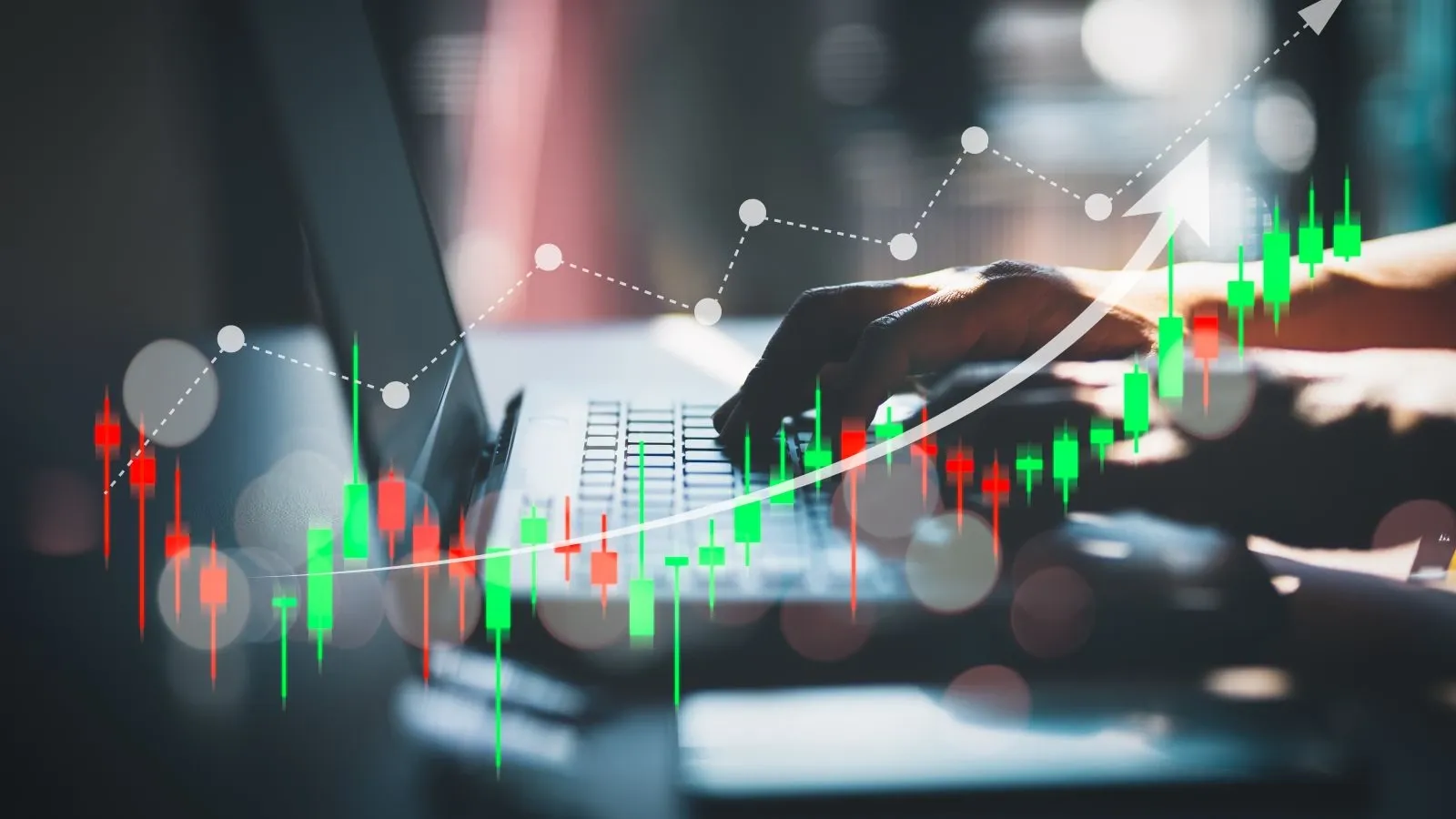What is the PE Ratio in the Stock Market: Meaning, Formula, & why it matters to investors
Written by Mariyam Sara
Published on October 08, 2025 | 2 min read

There are several ways of fairly analysing the shares of a company, and ratio analysis is one of them. The price-to-earnings ratio is the one most talked about by investors in the realm of ratio analysis.
This article will take a close look at what the P/E ratio is, how it is calculated, and why it matters to the investor.
What is the P/E ratio?
The P/E ratio relates the price per share of a company to earnings per share. Many investors use it to make comparisons among peer companies. The P/E ratio tells you the time when the share is undervalued or overvalued.
How to Calculate the P/E Ratio?
P/E ratio = Current price of share/Earnings per share
The P/E ratio tells how much money a share of that company is worth to an investor based on 1 INR of earnings.
Thus, if TCS Ltd has a P/E ratio of 21.2, then it means investors are willing to pay 21.2 for 1 Rupee of the current earnings.
Types of PE ratio
There are two kinds of P/E ratios used by investors to measure how the company performs.
Absolute P/E Ratio
The Absolute P/E ratio divides the current market price of the share by the past/future earnings of the company.
A ‘good’ P/E ratio varies from industry to industry: what is high in one industry may be low or average in another. It is therefore important to know what the average P/E ratio for the industry is to make a fair analysis of a company.
Relative P/E Ratio
The relative P/E Ratio takes the Absolute P/E Ratio of a company relative to either its ancestral P/E or some kind of benchmark.
Comparing a company's P/E Ratio to the P/E Ratios of its industry is important because you will know whether that company is considered low or high P/E. A higher P/E Ratio means that the market is relatively optimistic about the company's future earnings.
Is the P/E ratio important for investors?
Investors have to check the P/E ratio of the firm in order to see whether a stock is overvalued or undervalued in price. Overvalued means it is a stock with a P/E ratio of 20 (20 times earnings), while undervalued means it is a stock having a P/E ratio of 5.
While the P/E ratio is by no means the only thing you should look at when analysing a stock, there are other ratios you want to look into before truly feeling comfortable placing a bet on the stock.
A company's price-to-earnings ratio shows investors' confidence in and willingness to pay a particular price for ₹1.00 worth of the company's future earnings. Since P/E ratios vary from industry to industry, go ahead and check the average P/E ratio of a particular industry, and then make observations as to whether a certain company's P/E ratio will be considered high or low.
Use this ratio sparingly and along with other ratios when considering an investment.
Want to learn more about ratio analysis? Register at UpLearn by Upstox today and become a smart investor!
About Author
Mariyam Sara
Sub-Editor
holds an MBA in Finance and is a true Finance Fanatic. She writes extensively on all things finance whether it’s stock trading, personal finance, or insurance, chances are she’s covered it. When she’s not writing, she’s busy pursuing NISM certifications, experimenting with new baking recipes.
Read more from MariyamUpstox is a leading Indian financial services company that offers online trading and investment services in stocks, commodities, currencies, mutual funds, and more. Founded in 2009 and headquartered in Mumbai, Upstox is backed by prominent investors including Ratan Tata, Tiger Global, and Kalaari Capital. It operates under RKSV Securities and is registered with SEBI, NSE, BSE, and other regulatory bodies, ensuring secure and compliant trading experiences.






